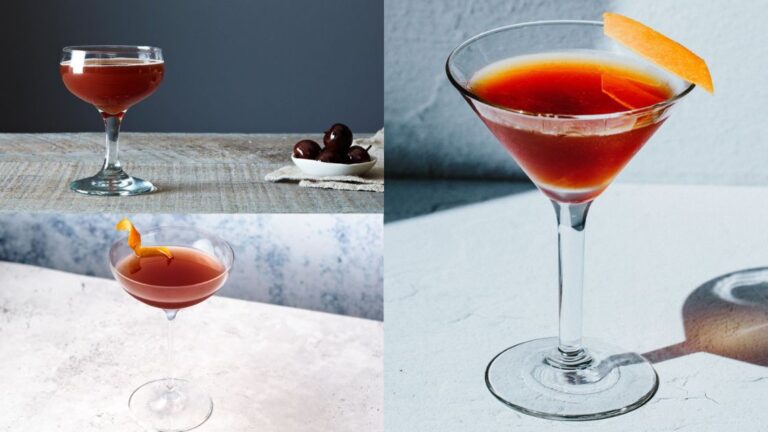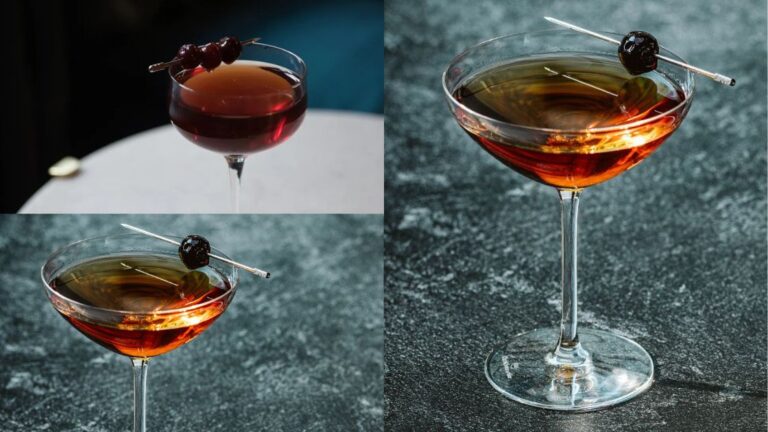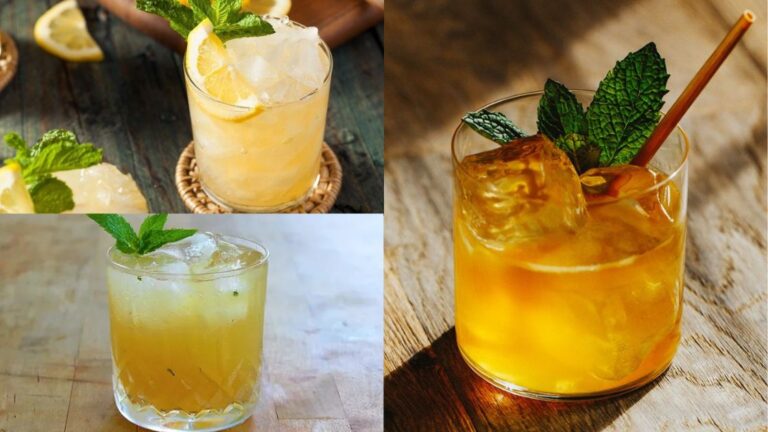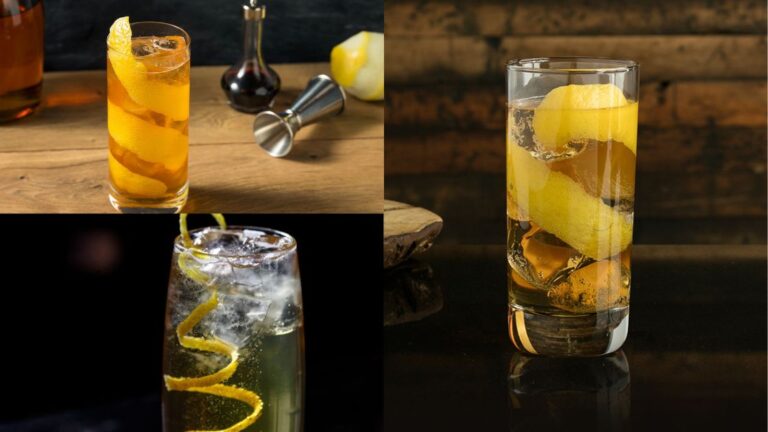Scotch Whisky, or simply Scotch, is a beloved drink that originates from Scotland, distilled from the heart of malted barley. Celebrated around the world, it’s famed not only for its unique taste and rich backstory, but also for the meticulous rules that govern its production. For a spirit to proudly bear the name ‘Scotch Whisky’, it has to hail from Scotland itself, undergo maturation in oak barrels for a minimum of three years, and meet a checklist of other rigorous standards related to its distillation and packaging.
The roots of Scotch whisky delve deep into the archives of history. Our first written glimpse of whisky-making in Scotland takes us back to 1494, as documented in the Exchequer Rolls. Therein it’s mentioned, “Eight bolls of malt to Friar John Cor wherewith to make aqua vitae”. This Latin phrase, ‘aqua vitae’, meaning ‘water of life’, speaks volumes about the essential role of this spirited liquor in the tapestry of Scottish culture.

Types of Scotch Whisky
Single Malt
Single malt Scotch whisky is a type of Scotch whisky made from malted barley in a single distillery using a pot still distillation process. The “single” refers not to the use of a single grain, but to the single distillery of origin. Single malts are known for their distinct flavor profiles, which can range from light and floral to rich and smoky, depending on the production methods and region of origin.
Single Grain
Contrary to what the name might suggest, single grain Scotch whisky does not mean it’s produced from a single type of grain. “Single” refers to the whisky being the product of a single distillery, and “grain” refers to the use of grains other than barley, such as corn or wheat. It’s made in continuous column stills, which often results in a lighter, more delicate spirit.
Blended Malt
Blended malt Scotch whisky, previously known as “vatted malt” or “pure malt”, is a blend of different single malt Scotch whiskies from more than one distillery. This type of whisky combines the unique characteristics of different single malts to create a balanced and complex flavor profile.
Blended Grain
Similar to blended malt, blended grain Scotch whisky is a mix of single grain whiskies from different distilleries. This style is less common than the other types, but offers a light and smooth taste, making it a good introduction to Scotch whisky for beginners.
Blended Scotch Whisky
The most common type of Scotch whisky is blended Scotch whisky, which is a mix of one or more single malt Scotch whiskies with one or more single grain Scotch whiskies. This category includes well-known brands like Johnnie Walker and Chivas Regal. Blended Scotch whisky is appreciated for its consistent taste and accessible price point, which has contributed to its global popularity.

How Scotch Whisky is Made
The Ingredients
- Barley: Barley is the primary grain used in Scotch whisky production. It provides the sugars needed for fermentation and contributes significantly to the final flavor of the whisky.
- Water: Water is used in various stages of whisky production – from soaking the barley during the malting process to diluting the final product before bottling. The quality and characteristics of water can influence the taste of the whisky.
- Yeast: Yeast is a crucial ingredient in whisky production. It ferments the sugars extracted from barley, producing alcohol and a variety of flavor compounds.
The Process
- Malting: The first step in whisky production is malting. The barley is soaked in water and allowed to germinate, converting the grain’s starches into fermentable sugars. The germination is then halted by drying the grains in a kiln.
- Mashing: The malted barley is ground into a coarse flour called grist, which is then mixed with hot water in a mash tun. The water dissolves the sugars in the barley, creating a sugary liquid known as wort.
- Fermentation: The wort is transferred to a large vessel, usually made of wood or steel, called a washback. Yeast is added to the wort, fermenting the sugars into alcohol and creating a beer-like liquid called “wash” with an alcohol content of about 7-8%.
- Distillation: The wash is then distilled in copper stills. The first distillation occurs in the wash still, and the second in the spirit still. The process of distillation increases the alcohol content and refines the flavors of the liquid.
- Maturation: The distilled spirit, known as new-make spirit, is transferred to oak casks for maturation. Over time, the spirit develops complex flavors and character from the wood. By law, Scotch whisky must be aged for a minimum of three years, but many are aged much longer.
- Bottling: After maturation, the whisky is often diluted with water to reach the desired alcohol strength, and it may be filtered before it is bottled. The whisky is now ready to be sold and enjoyed.
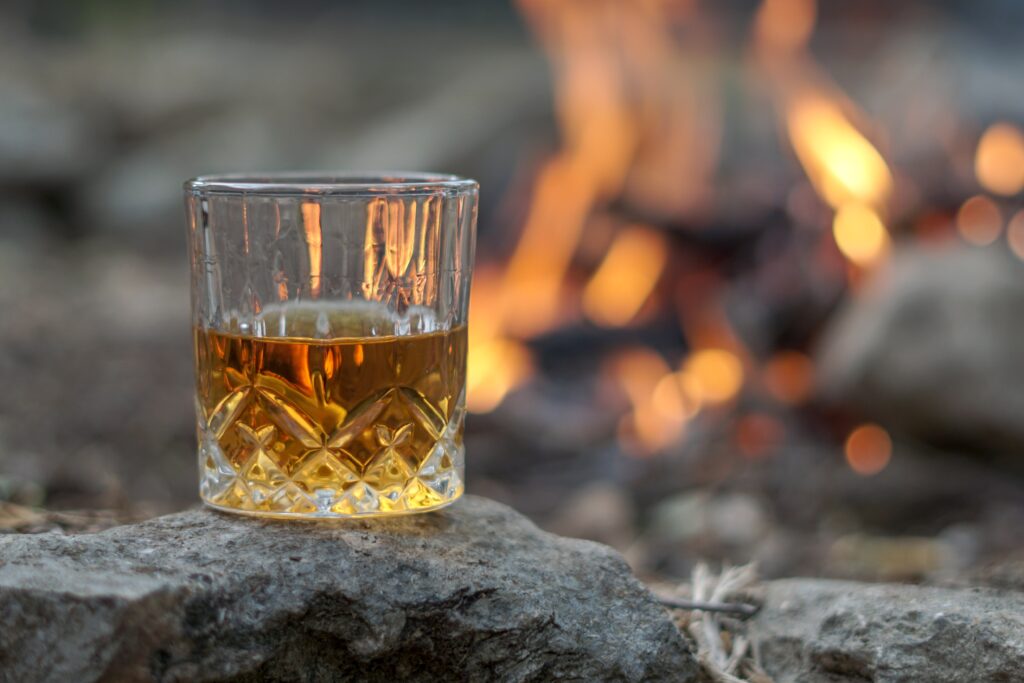
The Distinct Regions of Scotch Whisky
Highland
As the largest geographical whisky region in Scotland, Highland whiskies vary widely in character. They can range from dry and robust in the north to fruity and delicate in the south. Some Highland whiskies may even have a slight peatiness to them.
Lowland
Known for their soft, gentle, malty and creamy whiskies, the Lowland region produces whiskies that are typically unpeated. There are fewer distilleries in this region compared to others, but the whiskies produced here are known for their elegance and floral characteristics.
Speyside
Although geographically part of the Highlands, Speyside has been recognized as a region in its own right due to the large number of distilleries and distinct character of its whiskies. Speyside whiskies are known for their richness, sweetness, and complex flavors, often with fruity and nutty notes. This region is home to some of the most famous distilleries, like Glenfiddich and The Macallan.
Islay
Islay whiskies are famous for their strong peaty smokiness and maritime notes, a characteristic attributed to the peat used in the malting process and the sea-salt air that permeates the casks during maturation. Some of the best-known distilleries from this region include Laphroaig, Ardbeg, and Lagavulin.
Campbeltown
Once home to over 30 distilleries, Campbeltown now has only three active distilleries. Campbeltown whiskies are known for their distinctive character with a mix of peat, fruit and a briny hint, reflecting the region’s coastal location.
Islands
The Islands is an unofficial whisky region encompassing all the whisky-producing islands (excluding Islay): Orkney, Jura, Skye, Mull, and Arran. Island whiskies are varied in style but often have a maritime influence due to their island locations, with a balance of peat, fruit, and malty sweetness.

Tasting and Serving Scotch Whisky
Proper glassware for Scotch
The ideal glass for tasting Scotch whisky is a tulip-shaped glass, such as a Glencairn glass, which allows the aromas to concentrate towards the narrow top, enhancing the overall tasting experience.
How to observe the color and viscosity
The color of Scotch can give clues about its age and cask type. A darker color may indicate a longer aging period or the use of sherry casks. Swirling the whisky in the glass can reveal its viscosity – thicker, slower-moving “legs” or “tears” running down the sides of the glass may indicate a higher alcohol content or older age.
How to smell Scotch
Recognizing different notes: Always sniff gently when appreciating the aroma of Scotch. The wide range of notes can include fruity, floral, spicy, malty, or smoky, and each whisky will have a unique combination. It can be helpful to take several short sniffs to identify different layers of scents.
How to taste Scotch
Identifying flavors: Take a small sip and let the Scotch cover your tongue to sense all the flavors. Similar to the aroma, the taste can range widely from sweet to savory, fruity to peaty. The “finish” is the taste that lingers after swallowing, and can also reveal a lot about the whisky.
Ideal serving temperature
Scotch is best served at room temperature, as chilling can subdue the flavors. However, individual preferences may vary, and the most important thing is to enjoy the experience.
To add water or not? Debunking common myths
Adding a few drops of water to Scotch whisky can open up the flavors and aromas, especially for high-proof whiskies. This is not diluting or disrespecting the spirit, but a personal preference that can enhance the tasting experience.
Food pairings with Scotch Whisky
Pairing Scotch with food can be an enjoyable experiment. It pairs well with both savory and sweet foods. For example, a smoky Islay whisky can go well with strong cheeses or smoked meats, while a sweet and fruity Speyside might complement dark chocolate or creamy desserts. However, there are no strict rules, and discovering your own favorite combinations is part of the fun.

The Importance of Age in Scotch Whisky
Age statement and its significance
The age statement on a bottle of Scotch whisky indicates the number of years the youngest whisky in the bottle has been aged in the cask. It’s important because it gives an idea about the maturity of the whisky, which impacts its flavor and overall character. However, it doesn’t necessarily indicate quality, as there are exceptional whiskies at every age range.
How aging affects the flavor profile
As whisky ages in the cask, it absorbs compounds from the wood which contribute to its flavor and color. The whisky also undergoes chemical changes over time, helping to create a more complex flavor profile. Age can add depth, richness, and smoothness to the whisky, reducing harshness and revealing notes of oak, vanilla, and spice.
Understanding why older isn’t always better
While older whiskies are often more expensive and perceived as better, this is not always the case. Each whisky has an optimal aging period that brings out its best characteristics, and longer aging can sometimes result in too much oak influence, overshadowing the other flavors. Additionally, younger whiskies may offer vibrant and bold flavors that appeal to certain palates. Hence, age is just one factor among many in choosing a Scotch whisky.
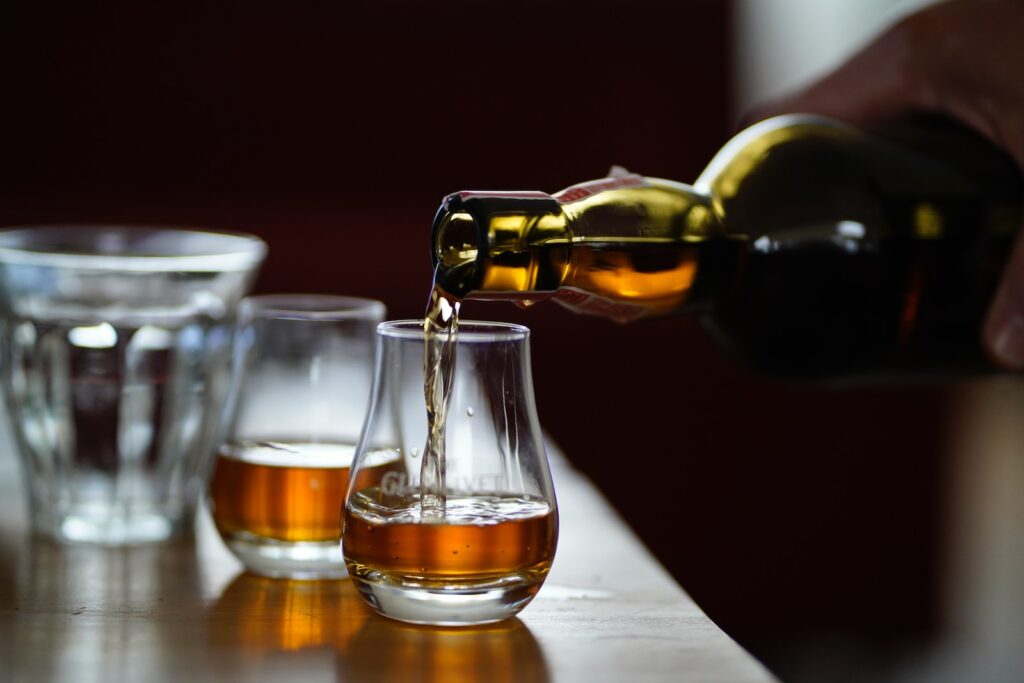
Current Trends and Future of Scotch Whisky
Growth of Single Malts
Over recent times, single malt Scotch whiskies have seen a surge in their fan base. What makes these whiskies so adored are their uniquely varied flavors that echo the distinctive personality of their birthplace distilleries. More and more, consumers are chasing these top-notch, luxury beverages, fueling a robust growth in the single malt niche.
Experimentation and Innovation in Scotch Whisky Production
As the whisky landscape keeps transforming, producers are dabbling in fresh techniques and ideas to craft novel offerings. This includes trialing diverse grains, using a range of cask finishes for aging, and employing unconventional maturation methods. These inventive approaches are pushing Scotch whisky into uncharted territories, providing consumers with a wider array of tastes and styles to relish.
The Impact of Climate Change on Scotch Whisky
Climate change stands as a looming threat to the Scotch whisky realm. Shifting weather patterns can interfere with the supply and quality of essential ingredients like barley and water. Furthermore, rising temperatures could alter the maturation process since Scotch whisky’s aging nuances differ with the climate. The industry is stepping up to these challenges, by introducing sustainable practices in farming and production, and brainstorming ways to adapt to the changing environment.
Conclusion
Scotch whisky, with its deep-rooted history, meticulous crafting process, varied regional styles, and the magical influence of aging, is a spirit like no other. Its global standing rests on hundreds of years of tradition, commitment, and skilled artistry that have transformed Scotch whisky from a national gem to an international emblem of quality and sophistication.
The Scotch whisky universe is an abundant and diverse one, opening up a world of experiences for the whisky newbie and the seasoned aficionado alike. We invite readers to dive deeper into this captivating spirit, discover the variety of types and regions, and nurture their own palate and preferences. With each sip, there’s a tale to unfold, a tradition to admire, and a fresh flavor to unravel.

